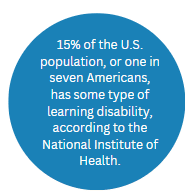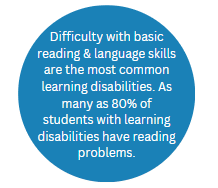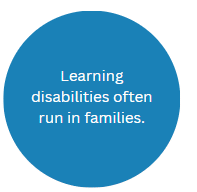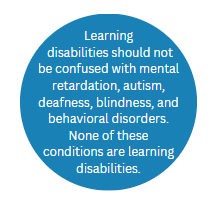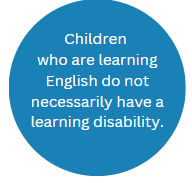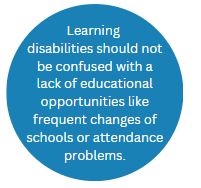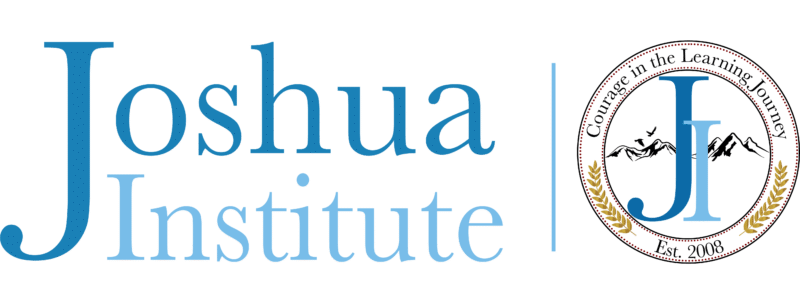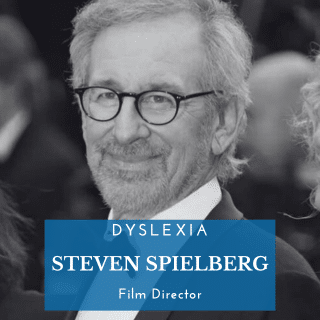What is a Learning Disability?
Not all great minds think alike
Did you know that Albert Einstein couldn’t read until he was nine? Walt Disney, General George Patton, and Vice President Nelson Rockefeller had trouble reading all their lives. Whoopi Goldberg and Charles Schwab and many others have learning disabilities which haven’t affected their ultimate success.
Did you know most people with learning disabilities have average to superior intelligence? Many are gifted in math, science, fine arts, journalism, and other creative fields. History is chalk-full of gifted men and women with learning disabilities:
However, the tremendous strengths of those with learning disabilities or challenges are offset by noticeable weaknesses – an inability to read or write, memory problems, and difficulty understanding what is heard or seen. These difficulties stem, not from a physical problem with the eyes or ears, but from the basic neurological functioning of the brain.
A learning disability is an area of weakness or inefficiency in brain function that significantly hinders our ability to learn or function in life. It is a pattern of neurological dysfunction in the brain that causes a person to have difficulty correctly receiving information coming into the brain (perception), correctly processing that information once it is received (cognition/thinking), or satisfactorily responding to the information once it has been processed (written and verbal expression, visual-motor coordination, memory, etc.).
Every human brain is created with a unique pattern of strengths and weaknesses. We each have certain areas of knowledge or know-how we can make sense of easily, as well as areas of difficulty that require outside explanation and extra effort to understand.
Students with learning disabilities experience an imbalance in their own ability levels. They are very good at some things, very poor at others and feel the tension between what they can and cannot do. Frustration is a hallmark of a student with learning disabilities. Typically such students will either be failing in one or more academic areas or be expending excessive amounts of energy to succeed. Also, they are also highly inconsistent, able to do a task one day but unable to do it the next.
A learning disability:
– Is a neurological disorder. In simple terms, a learning disability results from a difference in the way a person’s brain is “wired”. Children with a learning disabilities are as smart or smarter than their peers. But they may have difficulty reading, writing, spelling, reasoning, recalling and/or organizing information if left to figure things out by themselves or if taught in conventional ways.
– Can’t be cured or fixed; it is a lifelong issue. With the right support and intervention, however, children with learning disabilities can succeed in school and go on to successful, often distinguished careers later in life.
Parents can help children with learning disabilities achieve such success by encouraging their strengths, knowing their weaknesses, understanding the education system, working with professionals and learning about strategies for dealing with specific difficulties.
Facts about learning disabilities:
